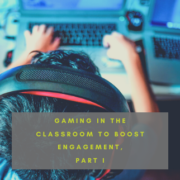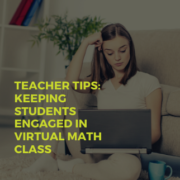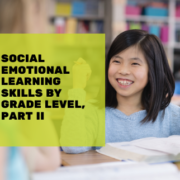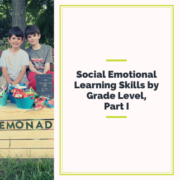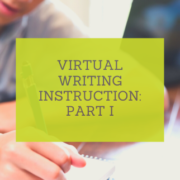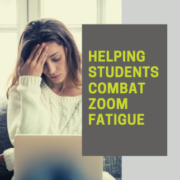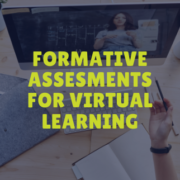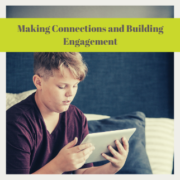Gaming in the Classroom to Boost Engagement, Part I
Creating engaging lessons and activities for learning is no easy task. With today’s technology, the Gen Z group has access to the most realistic and stimulating gaming graphics, digital art programs, and communication platforms. Their familiarity and use of technology is practically innate. Therefore, it is no wonder that holding students’ attention in the classroom has become more and more of a challenge—compared to the allure of the glowing screens, our books and assignments do not hold a candle to their preferred methods of entertainment. So, one way for educators to look at it is: If you can’t beat ‘em, join ‘em!
Ideas for the English/history/world languages classroom
- Take a page from the NCAA and create a March Madness-inspired bracket to lure your students into the current novel, play, or works of poetry. This can work in several different ways. Teachers can have students rank their favorite texts, readings, or chapters from the unit. Then use Google forms to see which work progresses to the next round based on class votes. Students can also make predictions about which characters will come out on top at the end of a tragedy, conflict, or quest. This type of bracket works especially well during a Shakespeare unit and/or when teaching students about various battles during The Civil War, WWI, WWII, etc. The key for engagement is to hype up the bracket to get students invested—consider an Elite Eight winner, Final Four winner, Championship winner with school-related prizes. Teachers should also think about either creating a giant visual bracket on the classroom wall or a website for digital class brackets.
- For tech-savvy social studies students, challenge them to create a digital recreation or simulation of specific historical events. For example, instead of making a typical timeline, students might choose to show Germany’s progression across Europe with a visual map simulating territory takeover. Similarly, using video programming, students can act out various historical events and arrange or splice the clips with background music, captions, historical photographs, or Google Slides. With these projects, they’re putting their technology expertise to great use while demonstrating their knowledge of the event and/or time period.
- Students are all about their social media presence right now, so how about utilizing those platforms to demonstrate their knowledge of a major historical figure, author, or literary character. There are hundreds of websites available for classroom use involving fake instagram templates, Tiktok videos, and pretend Linkedin pages. While these aren’t exactly games, the use of such platforms can be equally engaging for students. Some ideas include creating a Spotify playlist for a specific character or historical figure. Songs should represent key quotes or important aspects of the person’s life. Recently, a student of mine did a fabulous “Desdemona’s Breakup” playlist using Spotify to write an alternate ending for Shakespeare’s Othello. I’ve also found that mock-dating profile templates can be a great, creative option for students to demonstrate their understanding of a character. Teacherspayteachers.com offers a free “Fiction Mingle” template for this exact purpose!
Another engaging activity stems from the ever-popular escape rooms. Students with experience using gaming simulation and other digital animation programs can create and share virtual escape rooms with other students as a way to review foreign language terms and vocabulary. There are numerous websites, apps, and even options for using Google Forms to create digital escape rooms for the classroom. Teachers can create various levels of escape rooms to challenge students based on skill set, level of difficulty, and individual or collaborative groups.
